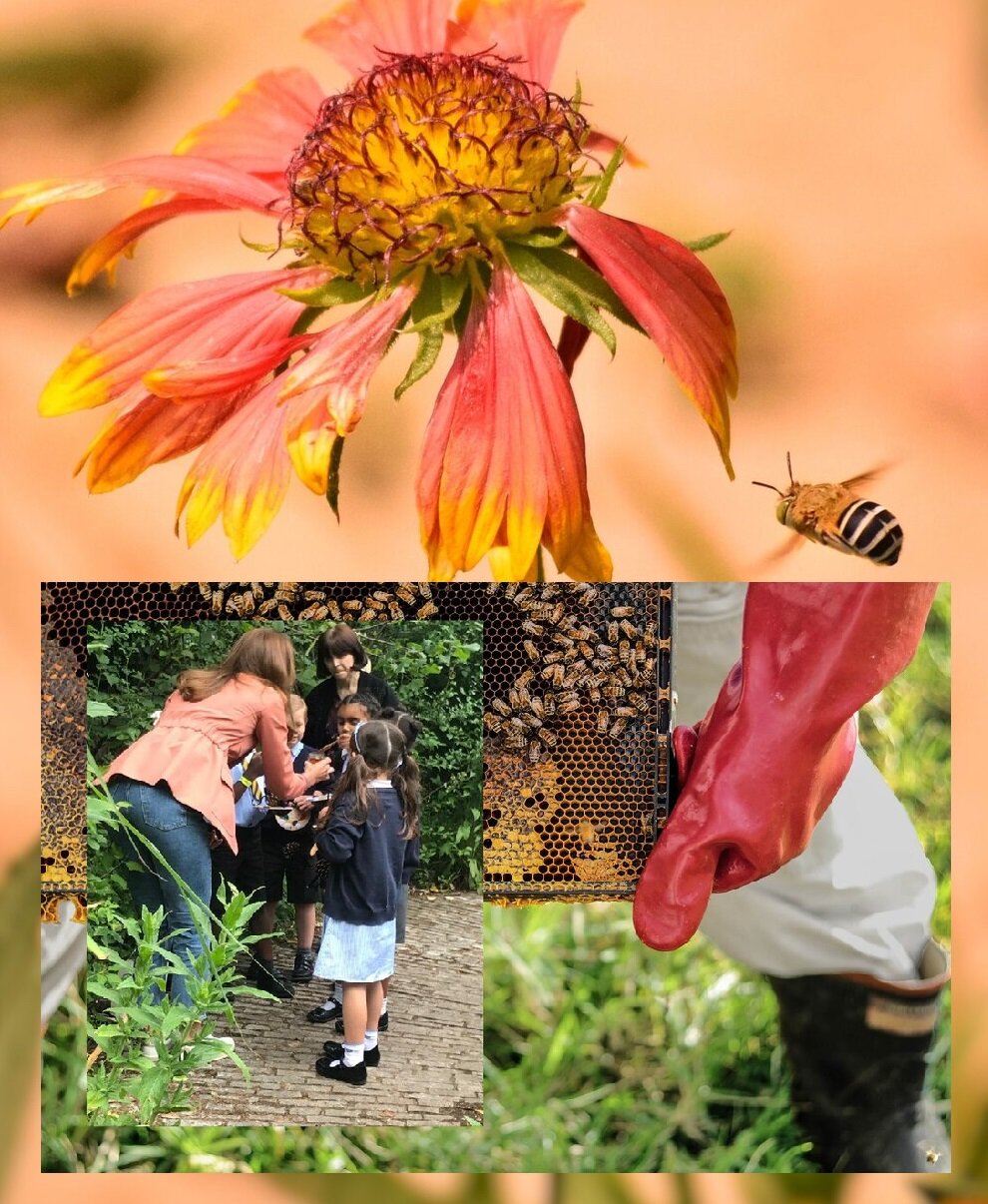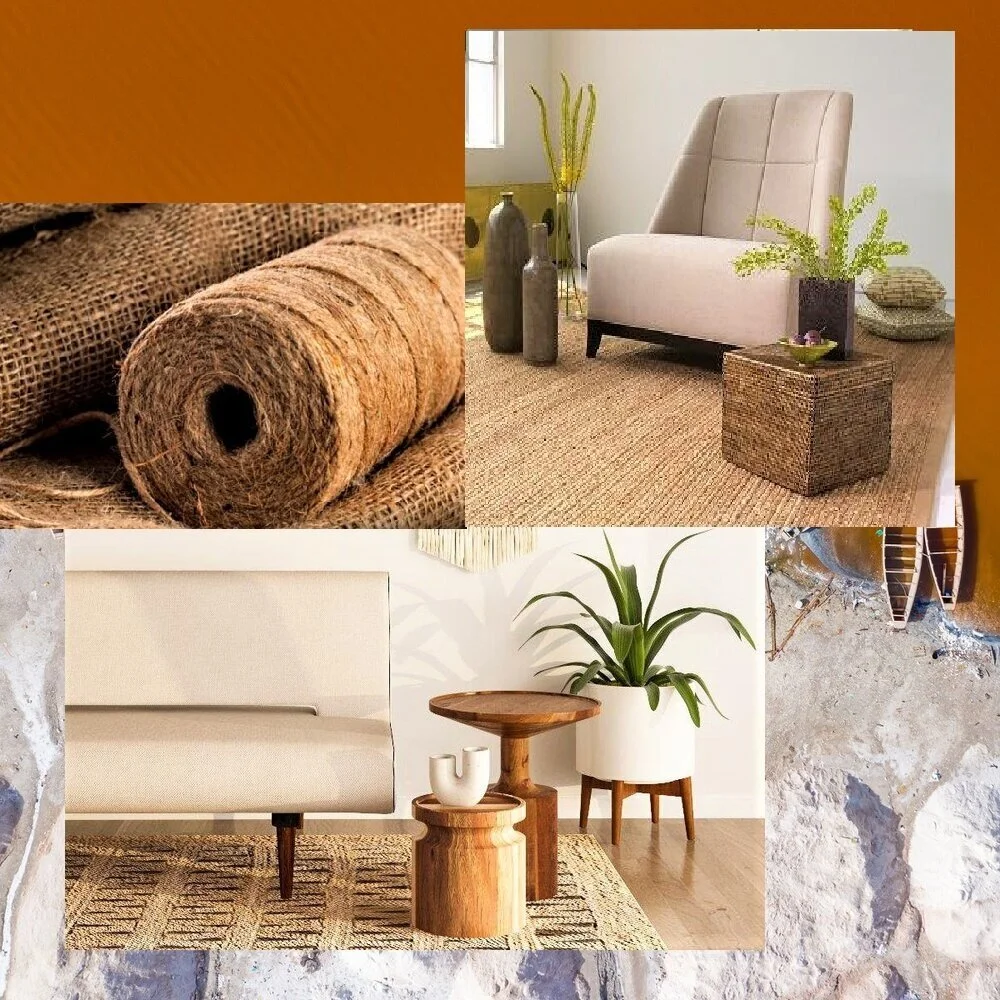‘Panthère de Cartier’ Is Queen of Jeweler's NYC Nature-Inspired Store and Fall 2022 Campaign
/The iconic Cartier Panthère is channeled by ambassadors Jisoo of BLACKPINK and actor Ella Balinska in the new Fall 2022 campaign. Her feline fierceness is also on prominent display in Cartier’s New York Fifth Avenue store.
The Cartier New York renovation channels organic parts of the city — its parks — by introducing lush green hues into the space, seen in the furnishings throughout and the carpeting that ascends the grand staircase. “I simply think that green represents vegetation, nature,” designer Laura Gonzalez explained. “Fifth Avenue is very close to Central Park, and I needed to include all these elements in the project to create an oasis, a peaceful beacon in between classicism and the building’s history.”
Read MoreGal Gadot Delivers Privilege on Tiffany & Co. Dandelions and Orchids in Gaia's Kingdom
/Elevating the humble dandelion into a show-stopping, high-jewelry diamond medallion necklace is no longer a top-secret mission. AOC shares spring’s Tiffany & Co. BOTANICA: Blue Book 2022 campaign. Newly-named Tiffany BOTANICA ambassador Gal Gadot is not a 2017 Wonder Woman actor who pales in comparison to a dandelion-inspired 12-carat diamond necklace.
Like the necklace created to be worn five different ways as the ultimate expression of Tiffany & Co. savoir-faire, Gal Gadot is adaptable, with her head held high on the world stage.
Read MoreConservation Architect Gurmeet Sangha Rai by Avani Rai in Vogue India August 2021
/Republish via AOC at FeedBurner CC 3.0 License Attribution Required: Daily Fashion Design Culture News
Conservation Architect Gurmeet Sangha Rai by Avani Rai in Vogue India August 2021 AOC Fashion
Mother-daughter duo Gurmeet Sangha Rai and daughter Avani Rai invite us to Chinar Haveli, their family home near Delhi. Both women are connected to legendary lensman Raghu Rai, called India’s best-known photographer alive by Fortune India. His website is awesome.
The women are not mere appendages in the life of Raghu Tai. Gurmeet Sangha Rai is one of India’s most important conservation architects. Priyanka Kapadia styles ‘Lay of the Land’, with hair and makeup by Deepa Verma.
Located two hours from Delhi is Chinar Haveli, a lush and private farmhouse located in the kingdom of nature. The 15-year-old home is build by hand using natural materials. It melds Western concepts with Indian karigari, writes Vogue India.
It’s here that the esteemed conservation architect is captured by her daughter, photographer and artist Avani Rai [IG].
In this interview with TheDesignBridge, Rai talks about the history of architecture and how it has been an evidence to a more intelligent and sensible solution to the world's environmental problems. She also highlights upon the fact that the smallest of the decisions can lead to a larger repercussions.
Kate Middleton, Beekeeper, Delivers Her Own Honey to Urban Nature Project
/Kate Middleton, Beekeeper, Delivers Her Own Honey to Urban Nature Project
The Duchess of Cambridge Kate Middleton may not be in the same league with her brother beekeeper James Middleton, but Kate fell into her own groove with a group of school children at the Urban Nature Project at London’s Natural History Museum in South Kensington, where Kate is the royal patron.
Beekeeping is a very romantic notion, especially in urban areas, where conscientious environmentalists are genuinely concerned about the dire assault of modern life on the world’s pollinators and guardians of the world’s food supply.
The Forward Thinking Museum in London — a virtual space for contemporary photography and videos —exhibited wonderful photos of urban beekeepers around the world. Images include Brian Mc Callum and his hives on the roof of Sir John Cass Primary School. Callum is a pro-bee activist trying to set up as many hives as possible in London.
What a lovely idea, we all exclaim! But wait one moment. Kate Middleton’s very patronage — London’s Natural History Museum, site of her bee honey visit with school children — issued a very alarming report in September 2020. I’ve heard this same call to action about beekeeping in other urban areas. Beekeeping in cities is harming other wildlife, writes the NHM.
Fake Poser Plants vs the Health and Wellness Benefits of Real Plants
/Biophilia in Our Lives
Plants are one of the most effective health and wellness essential supplements in our lives. Whether in the park or purifying air in our bedrooms, nature’s greenery delivers tangible, well-researched benefits to human wellbeing in the form of house plants.
Yes, fake plants can add a pop of color to your indoor interior, if you can get beyond the fact that most plants are made of plastic and create serious questions about sustainability. Yes, there is progress on the Stella McCartney-approved fake plant front, but most poser plants have no sustainability cred.
You will not find Anne of Carversville promoting the benefits of living with fake plants. And very few people actually have a “black thumb” and are unable to care for low-maintenance varieties of live plants. You should consider your empathy quotient and connection of nature generally, if every plant dies in your presence. Perhaps you are just too busy to keep anything alive.
Read MoreJute Rugs and Biophilic Design: Why Natural Fibers May Create Brain Bliss
/Jute Rugs and Biophilic Design: Why Natural Fibers May Create Brain Bliss
6 Reasons Why Interior Designers Vouch For Jute Rugs | AOC Agrees
Almost every interior decorator is raving about jute rugs, and there must be a reason behind it. It’s as if something ancestral — almost primal — happens when we talk on jute rugs, and especially in bare feet.
Working on a recent AOC post Raffia: AOC Launches Earth-Friendly Fibers Sustainable Inquiry in Fashion and Design, we came across the same concept twice in a couple hours: “biophilic design”. Fast Company summed up the concept this way:
Biophilic design dates back to the early 1980s, when the biologist Edward O. Wilson outlined his philosophy of biophilia, hypothesizing that humans have an innate, biological affinity for the natural world. Biophilic design takes this idea one step further: Because humans today spend 90% of our time indoors, according to the 2001 National Human Activity Pattern Survey, it’s necessary to bring the outdoors in and create indoor environments that reference nature in both obvious and subtle ways.
As a reminder, modern humans may be awash in a sea of plastic, but 99% of human life has been lived in concert with nature. Biophilic design assumes that core aspects of nature have contributed to our health and wellbeing, and this connection can be scientifically measured.







